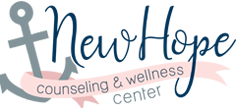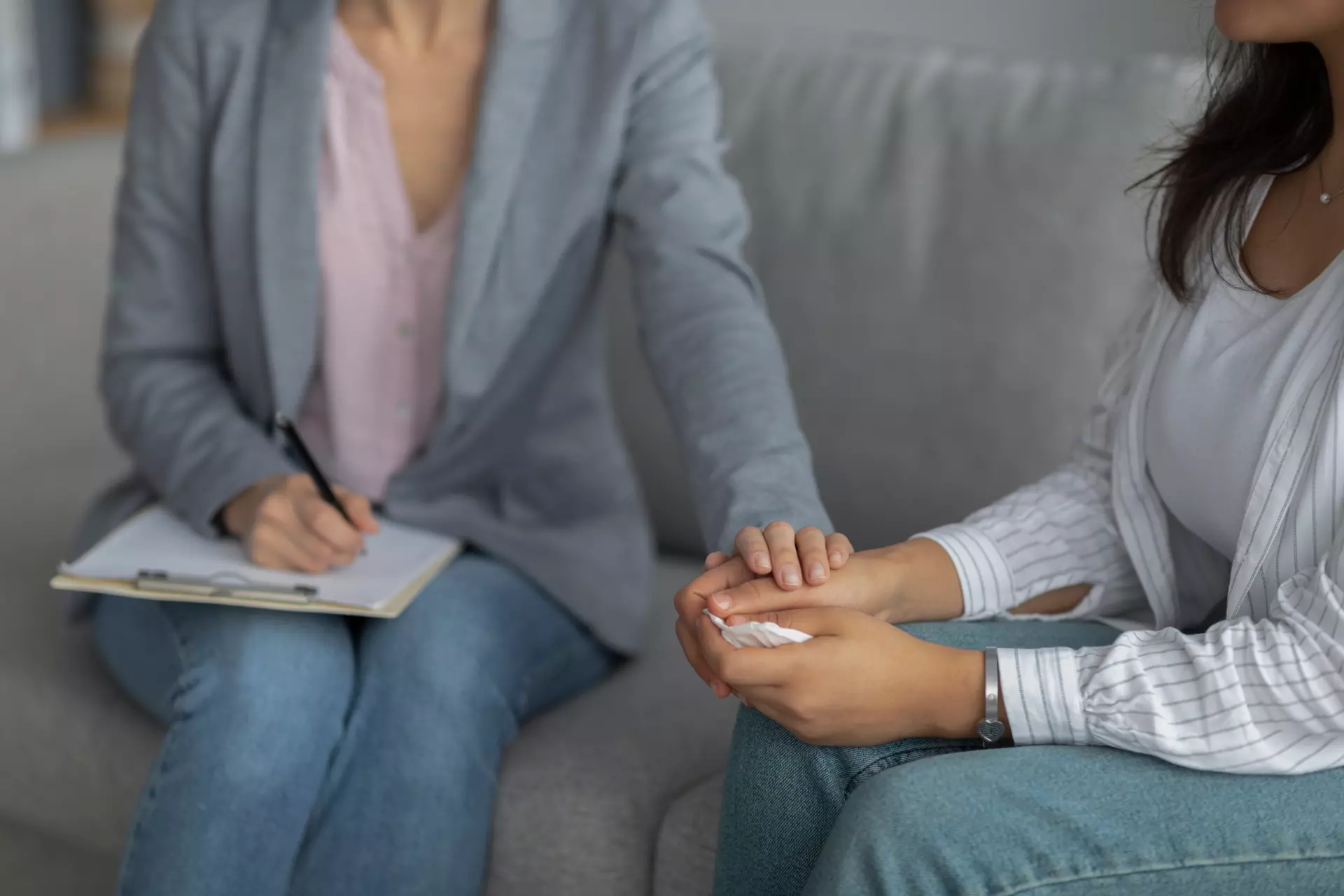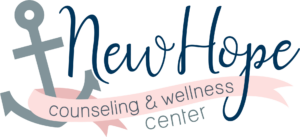It’s that time of year again – April is Sexual Assault Awareness Month. Unfortunately, sexual violence affects more people than you’d think. According to the CDC, over half of women and nearly 1 in 3 men report experiencing sexual violence or nonconsensual touch. While milestones like this can be triggering to anyone experiencing PTSD, CPTSD, anxiety, or depression, the intent is to foster a safe community for survivors, advocates, and their loved ones.
What is Sexual Assault Awareness Month?
Sexual Assault Awareness Month (SAAM) is a public awareness campaign to end sexual violence in our communities. Sexual Assault Awareness Month was established in 1984 by the Family Violence Prevention and Services Act to create space for survivors, their loved ones, advocates, and mental health professionals to come together. Now, Sexual Assault Awareness Month aims to increase awareness about sexual violence, foster a community of support for survivors, and identify ways we can prevent sexual violence.
What is sexual assault?
Sexual assault is a term used to encompass a wide range of sexual violence. The definition of sexual violence – and consent – can vary from person to person. Sexual assault can include sharing someone’s nude photos without their knowledge, unwanted touching, or even nonconsensual penetration or rape. In the past, sexual assault may have been called molestation, indecent assault, sexual harassment, and sexual abuse.
Sexual assault is any unwanted sexual action forced upon a person without their consent. Sexual assault does not discriminate. Sexual violence can happen to anyone regardless of gender, age, relationship status, or sexual orientation. In honor of Sexual Assault Awareness Month, it’s important to remember that any sexual assault can be a traumatic experience with long-lasting effects on the individual’s emotional and mental health.
How can we end sexual violence and help survivors?
Have a conversation about consent. Consent is a conversation in its own right. When we talk about consent, we’re talking about the essential back-and-forth that is part of any healthy sexual encounter. Consent is an enthusiastic and ongoing “yes” that is a clear agreement between all the parties involved. Consent should never be assumed or coerced.
So what does it mean to get consent?
Getting consent from your partner means you need to communicate openly while holding space for their needs as well. Since consent is an active conversation, it can be revoked at any point. Be receptive to your partner’s verbal and nonverbal responses and always respect another person’s boundaries. Practicing consent creates a culture of mutual respect, care, and equity and helps to prevent sexual violence in our communities.
Learn Safe Bystander Intervention.
However much we want to protect and shelter our loved ones, the truth is that sexual violence can happen to anyone. When it does, we can’t always rely on law enforcement or authorities to stop the assault. As community members, we have an equal role in intervening and preventing harm.
Every day, potentially dangerous situations can present themselves at any moment, and all of us are bystanders. Speaking up can make all the difference, but you should never put yourself in danger. There may be a situation that requires someone to intervene, but interfering safely is a skill that may take some practice.
Here are some ways you can practice active bystander intervention and prevent sexual violence:
- Engage the victim in conversation, such as dropping off a drink, pretending to recognize them, or asking them to take a picture with your phone. What you say isn’t as important, but the idea is to give the person at risk a chance to exit the situation safely.
- Create your own loud distraction to break the tension or make your presence known.
- Ask them if they need help, but only if it’s safe to do so.
- Find support. Rally any other potential witnesses or allies, and enlist the help of the bartender or security guard if you can.
- Listen to victims. Suffering sexual violence is a traumatic experience, and they may feel especially vulnerable. Try to lend comfort; stopping sexual violence starts with believing survivors.
Seek treatment for sexual violence.
A common misconception is that a victim of a sexual assault must file a police report in order to receive medical treatment. But that’s not true! There are many reasons why a victim may choose not to report the crime to the police. They may include experiencing feelings of shame, fear of retribution, or apprehension about their legal status. If you or someone you know chooses not to report a sexual assault, seeking medical treatment is still important.
Understand prevention as a community responsibility.
At New Hope Counseling and Wellness, we know that preventing sexual violence is a community responsibility. Our actions matter – your actions matter, too! Engage in conversations about what consent truly means. Let others know you are available should they need to reach out for help. Extending support to others in moments of crisis enables them to reconnect with a resource that provides a sense of safety.
If you or someone you know has experienced sexual violence or is currently experiencing PTSD, anxiety, depression, or an eating disorder as a result of sexual trauma, there IS hope. The licensed therapists at New Hope provide trauma-informed care and treatment for PTSD, including somatic experiencing, trauma-focused therapy, exposure therapy, and cognitive restructuring. Dealing with the trauma from a sexual assault can be debilitating, but once we begin to understand prevention as a community responsibility, the burden of healing and recovery gets a little bit lighter.








